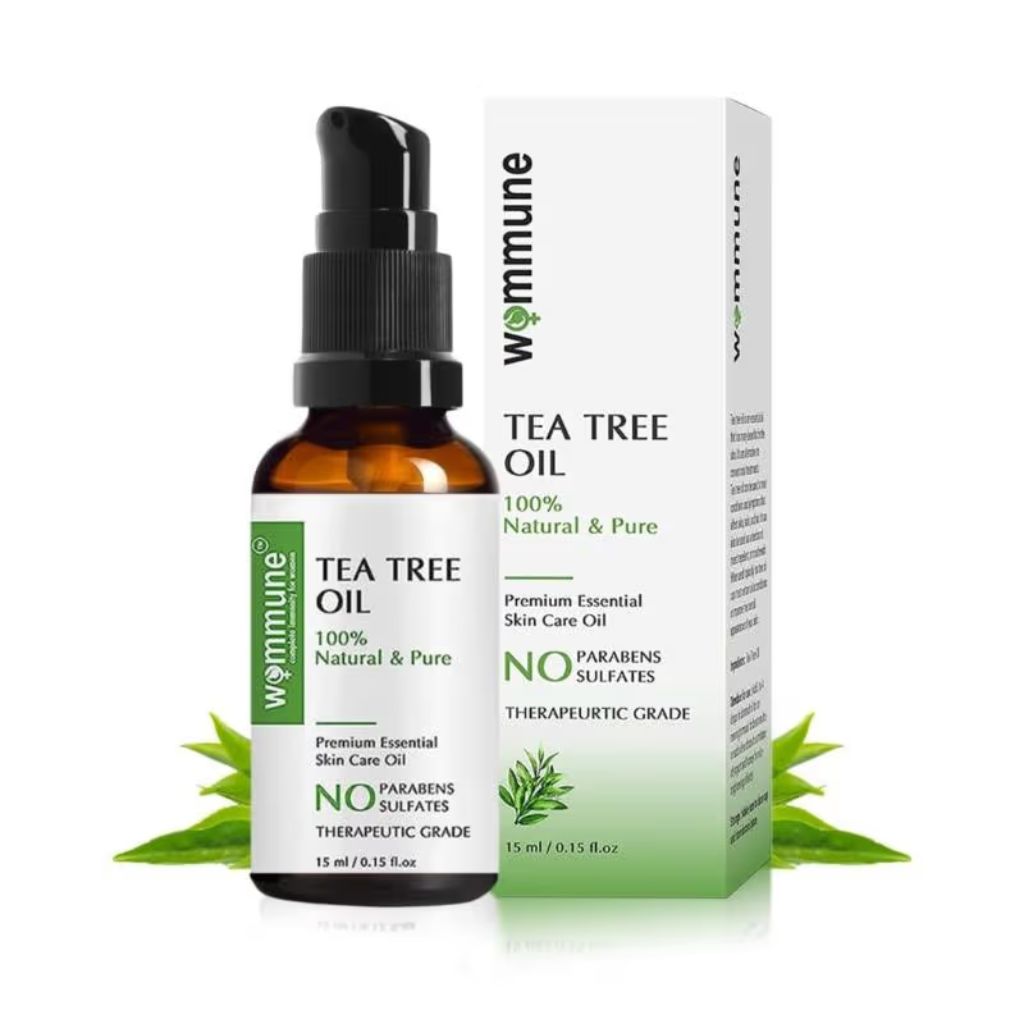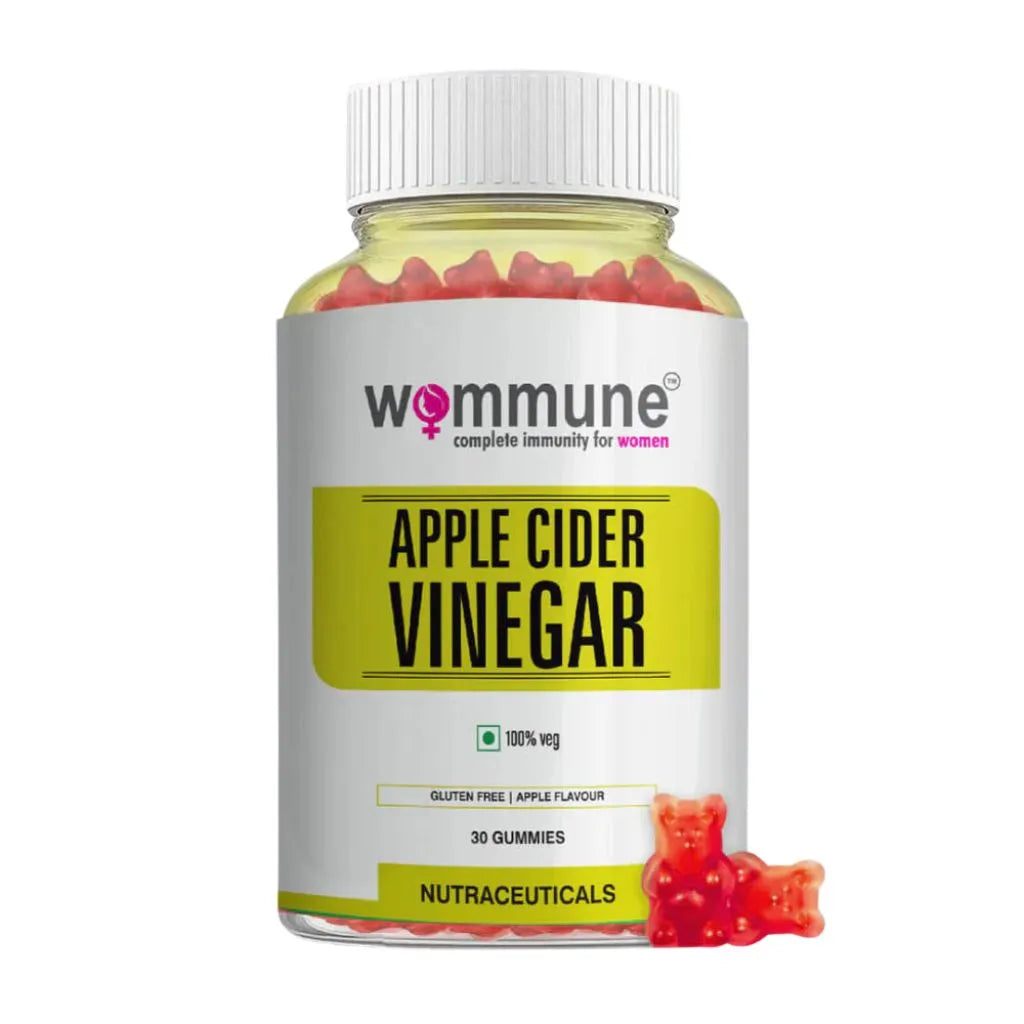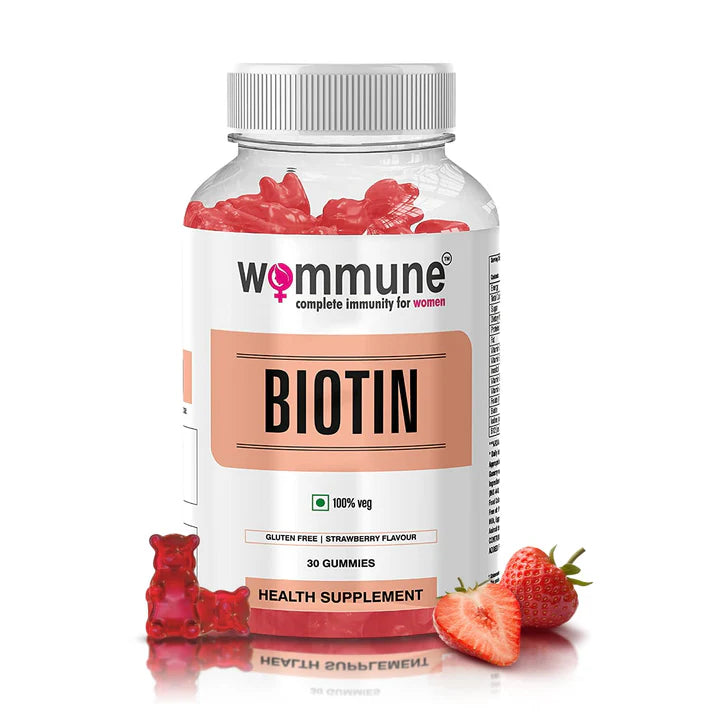You've tried every serum. Every face wash. Every dermatologist-recommended treatment. But your skin still breaks out, feels inflamed, or just won't cooperate? Here's the truth nobody wants to tell you: You're treating the wrong organ.
That expensive skincare routine might be missing the most important step—fixing what's happening inside your body. Welcome to the fascinating world of the gut-skin axis, where your digestive health literally shows up on your face.
The Science Behind Your Skin Problems
Let me drop some science on you: 70% of your immune system lives in your gut - not on your face. When your gut bacteria are imbalanced (a condition called dysbiosis), it creates a cascade of inflammation that doesn't just stay in your digestive system. This inflammation travels through your bloodstream and manifests as acne, rosacea, eczema, psoriasis, and other skin conditions.
Research published in leading medical journals shows that several studies have demonstrated the bidirectional link between gut dysbiosis and skin homeostasis imbalances. This isn't alternative medicine - it's hard science backed by over 590 peer-reviewed studies.
What Exactly is the Gut-Skin Axis?
The gut-skin axis refers to the bidirectional relationship between your gut microbiome and skin health. Think of it as a direct communication highway between your digestive system and your skin, mediated by:
-
Intestinal barrier function: When your gut lining becomes permeable ("leaky gut"), toxins and inflammatory compounds literally leak into your bloodstream
-
Inflammatory mediators: Pro-inflammatory cytokines like IL-12 and IFN-γ created by gut imbalance trigger systemic inflammation
-
Metabolites: The byproducts of bacterial metabolism in your gut can either promote skin health or trigger inflammatory responses
The Leaky Gut-Breakout Connection
Here's what happens when your gut health goes wrong: gut dysbiosis leads to increased intestinal permeability, allowing bacterial toxins and inflammatory substances to enter your bloodstream. Your body recognizes these as threats and mounts an inflammatory response.
That breakout on your chin? It might not be from touching your face or using the wrong cleanser. It could be your gut literally leaking toxins into your bloodstream, and your skin is trying to eliminate them.
Studies show that patients with inflammatory skin conditions like psoriasis have significantly different gut microbiome compositions compared to healthy individuals, with increased pro-inflammatory bacteria and decreased beneficial microbes.
The Indian Skin-Gut Challenge
Indian women face unique challenges when it comes to the gut-skin axis:
Dietary factors: Processed foods, refined sugars, and reduced fiber intake disrupt beneficial gut bacteria while feeding harmful ones.
Stress and lifestyle: Urban stress, irregular eating patterns, and antibiotic overuse can devastate gut microbiome diversity.
Environmental factors: Pollution and environmental toxins put additional stress on both digestive and detoxification systems, showing up as skin inflammation.
Beyond Topical Treatments: The Inside-Out Approach
While that Rs. 3,000 serum might provide temporary relief, addressing root causes requires nourishing your gut microbiome.
Here's what actually works:
Here's what actually works:
Feed Your Gut the Right Stuff
Fiber-rich foods: Aim for 25-35g daily from vegetables, fruits, and whole grains. Fiber feeds beneficial bacteria like Bifidobacterium and Lactobacillus, which help maintain skin barrier function.
Fermented foods: Include yogurt, kefir, kimchi, sauerkraut, and traditional Indian fermented foods like idli and dhokla. These provide live probiotics that can help restore gut balance.
Prebiotics: Foods like garlic, onions, leeks, and green bananas feed your beneficial bacteria, helping them thrive and crowd out harmful microbes.
The Supplement Connection
Here's where it gets interesting: your body doesn't store certain nutrients essential for skin health. Take biotin, for example, this B-vitamin crucial for skin, hair, and nail health isn't stored long-term by your body, requiring daily replenishment.
Research shows that biotin deficiency can manifest as:
-
Seborrheic dermatitis-like skin rash
-
Brittle, thinning hair
-
Weak, splitting nails
But here's the catch: biotin supplements that also support gut health can address both the deficiency and the underlying gut-skin axis dysfunction.
The Inflammation-Skin Connection
When your gut microbiome is balanced, it helps regulate inflammation throughout your body. Beneficial bacteria produce short-chain fatty acids like butyrate, which have anti-inflammatory effects both locally in the gut and systemically.
Conversely, an imbalanced gut microbiome triggers the release of pro-inflammatory compounds that can:
-
Increase oil production in skin
-
Worsen hormonal acne
-
Trigger autoimmune skin reactions
-
Slow skin healing and regeneration
Your Gut-Skin Action Plan
Immediate Changes (Week 1-2)
-
Eliminate processed foods and refined sugars that feed harmful bacteria
-
Add one fermented food daily (start small to avoid digestive upset)
-
Increase fiber intake gradually to prevent bloating
-
Stay hydrated—proper hydration supports both gut lining and skin barrier function
Building Long-term Health (Weeks 3-8)
-
Diversify your plant intake, aim for 30 different plants weekly
-
Consider a high-quality probiotic with multiple strains
-
Include prebiotic foods daily
-
Manage stress through meditation, exercise, or other proven techniques
Supporting Nutrients
Beyond probiotics and fiber, certain nutrients are crucial for both gut health and skin appearance:
-
Omega-3 fatty acids: Reduce inflammation and support skin barrier function
-
Zinc: Essential for wound healing and controlling acne-causing bacteria
-
Vitamin D: Modulates immune function in both gut and skin
-
Biotin: Supports cellular metabolism in skin cells and beneficial gut bacteria
The Timeline: What to Expect
Week 1-2: Digestive changes as microbiome begins shifting
Week 3-4: Reduced bloating and improved digestion
Week 4-8: Visible skin improvements as inflammation decreases
Week 8-12: Significant improvement in chronic skin conditions
Remember, skin health is an inside job. While topical treatments can provide temporary relief, addressing the gut-skin axis offers long-term, sustainable improvement.
The Bottom Line
Your skin is often the first place internal imbalances show up. Instead of just treating symptoms with expensive creams and procedures, consider addressing the root cause: your gut health.
The emerging science of the gut-skin axis shows us that beautiful, healthy skin starts in your digestive system. By nourishing your gut microbiome with the right foods, managing inflammation, and ensuring you're getting skin-essential nutrients like biotin, you're not just improving your digestion—you're giving your skin the internal support it needs to truly glow.
Stop treating your skin as separate from the rest of your body. Start treating it as part of an interconnected system that thrives when you nourish it from within. Your gut, and your face will thank you.
This article is for informational purposes only and should not replace professional medical advice. Always consult with healthcare providers before making significant changes to your diet routine, especially if you have existing digestive or skin conditions.




